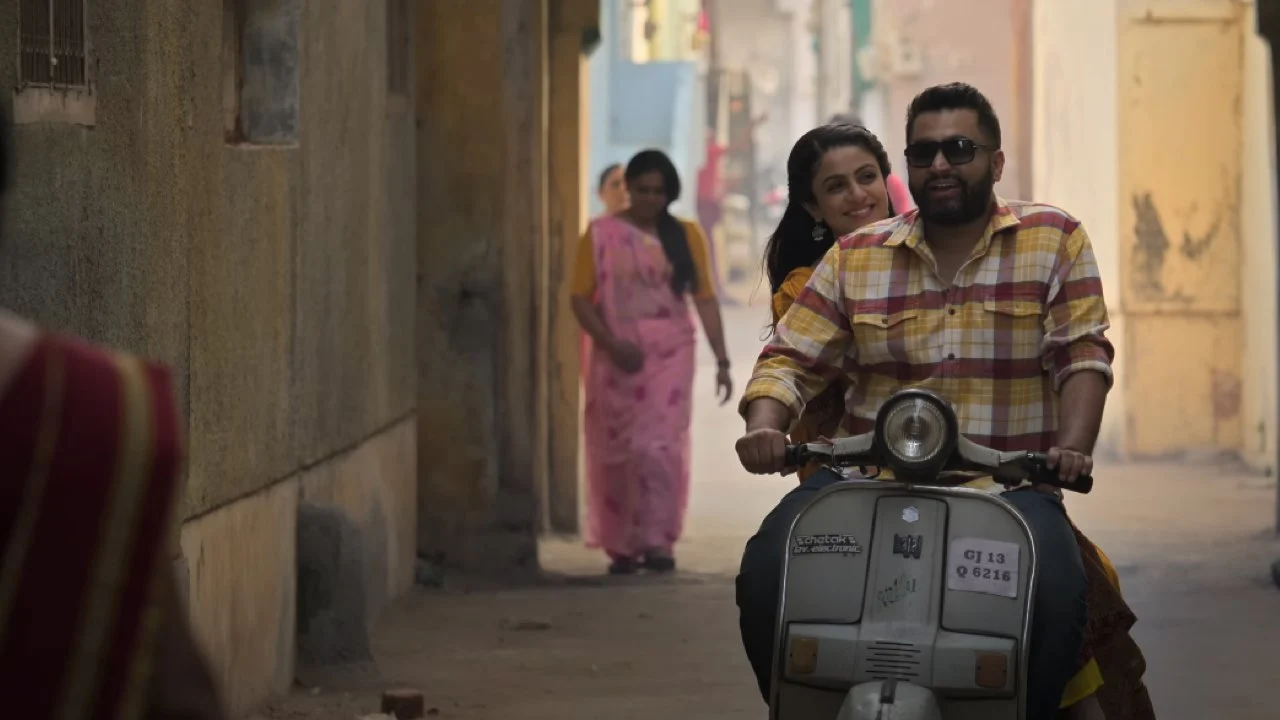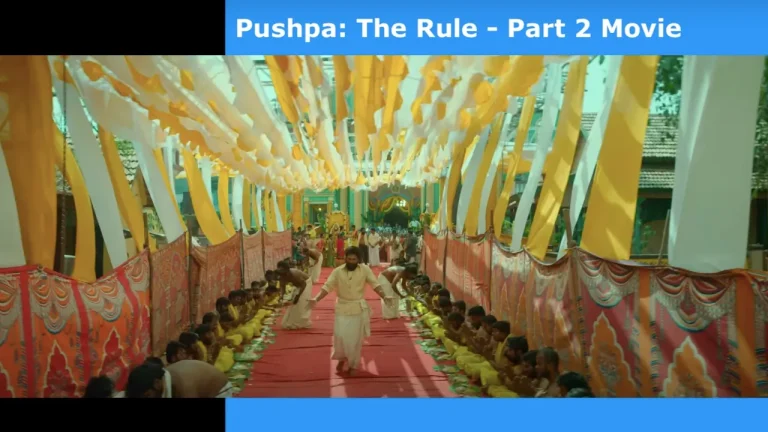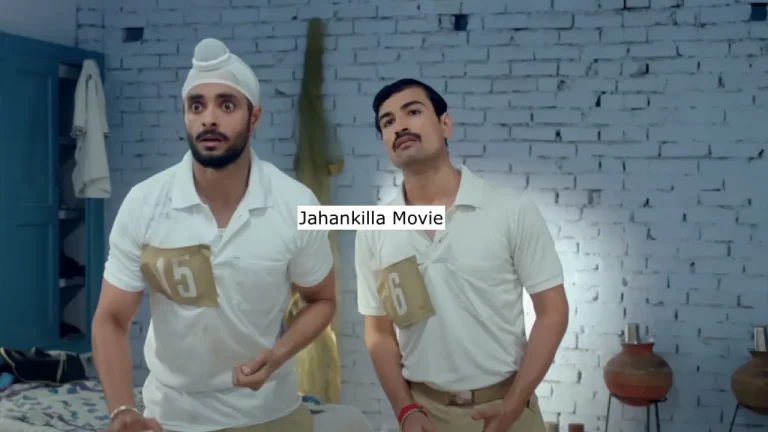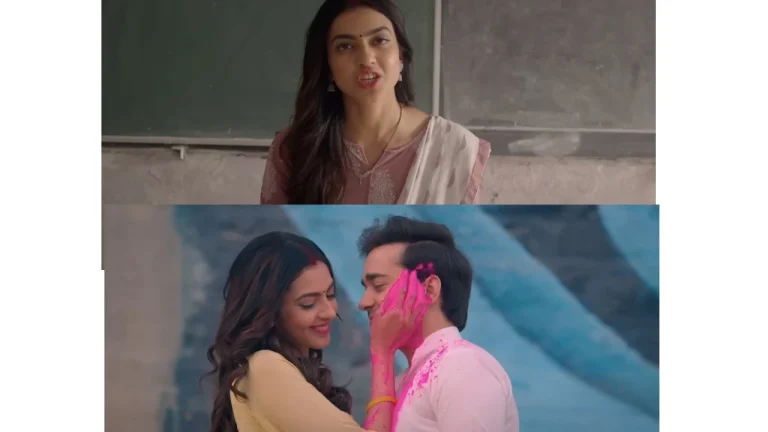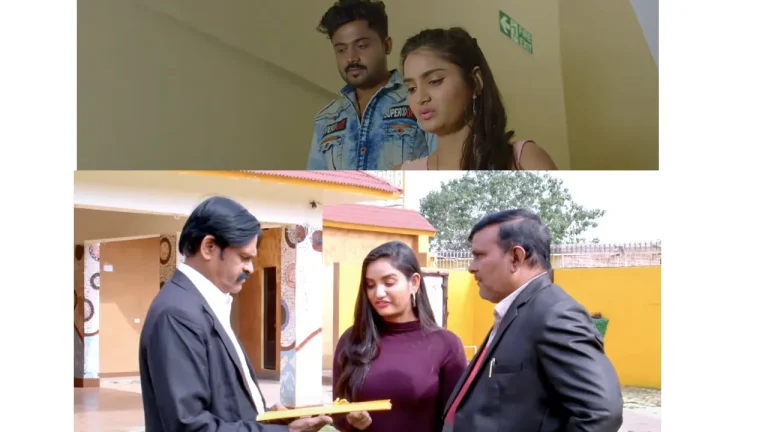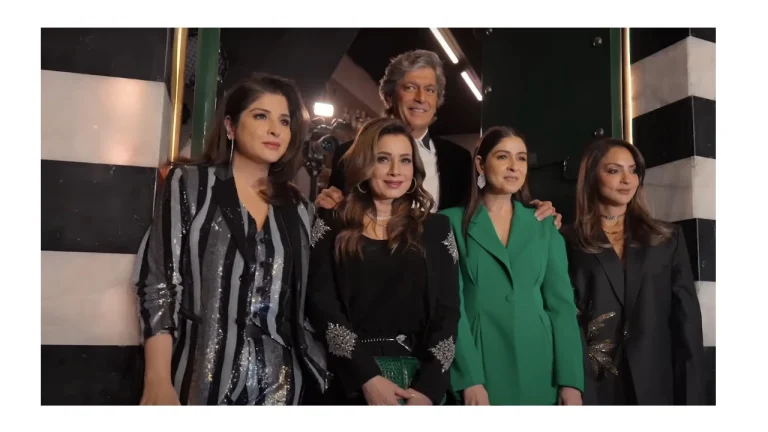Jhamkudi, the latest Gujarati cinema sensation, is captivating audiences with its unique blend of horror and humor. This thrilling tale of a cursed village during Navratri has become a must-watch experience for moviegoers. As the film continues its successful run in theaters, viewers are raving about its ability to both terrify and tickle their funny bones.
A Curse on Navratri
The story of Jhamkudi centers around the village of Raniwada, where a dark shadow looms over the joyous festival of Navratri. An ancient curse, tied to an evil witch named Jhamkudi, has forbidden the villagers from playing Garba. This prohibition sets the stage for a gripping narrative that explores the consequences of breaking age-old traditions.
When some villagers dare to defy the curse and engage in the forbidden dance, they unwittingly unleash a series of haunting events. The film skillfully builds tension as the characters grapple with the supernatural fallout of their actions. This premise offers a fresh take on the horror genre, intertwining it with the rich cultural tapestry of Gujarat.
Heroes Against the Haunting
At the heart of the story are Bablo and Kumud, portrayed by Viraj Ghelani and Manasi Parekh respectively. These unlikely heroes find themselves thrust into the role of saviors as they attempt to unravel the mystery of Jhamkudi’s curse. Their journey forms the backbone of the film, balancing moments of terror with lighthearted banter and clever problem-solving.
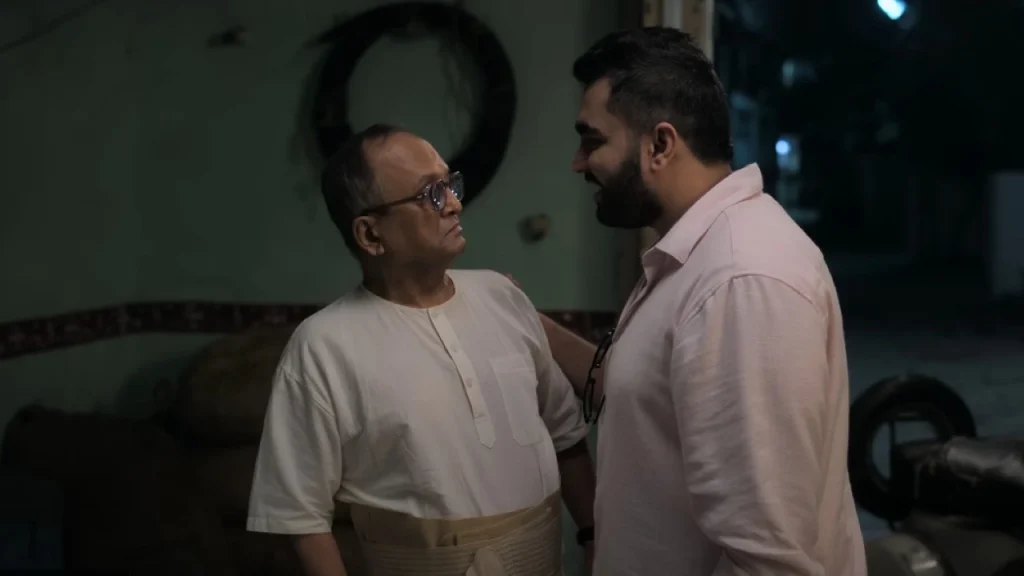
Viraj Ghelani brings a relatable charm to Bablo, infusing the character with a mix of humor and determination. His performance resonates with audiences, particularly in scenes where Bablo’s fear clashes with his desire to protect his community. Manasi Parekh shines as Kumud, delivering a nuanced portrayal of a woman who must confront both supernatural threats and societal expectations.
A Talented Ensemble Cast
Supporting these lead actors is a stellar ensemble that brings depth and authenticity to the village of Raniwada. Sanjay Goradia’s portrayal of Babubhai adds gravitas to the story, while Ojas Rawal as Ghelchandra provides much-needed comic relief in tense moments. Each character feels fully realized, contributing to the film’s immersive atmosphere.
Chetan Daiya’s performance as Inspector Omkar injects an element of skepticism into the supernatural proceedings. His character’s struggle to reconcile rational explanations with the inexplicable events unfolding around him adds an intriguing layer to the narrative. Jayesh More as Kalicharan and Krunal Pandit as Mansukh Dholakia round out the cast with memorable supporting roles.
Directing a Delicate Balance
Director Umang Vyas demonstrates a deft touch in balancing the film’s horror and comedy elements. His vision for Jhamkudi creates a unique cinematic experience that keeps audiences on the edge of their seats while allowing them moments of levity. Vyas’s direction shines in scenes that seamlessly transition from spine-chilling suspense to laugh-out-loud humor.
The film’s pacing is particularly noteworthy, with Vyas building tension gradually before unleashing truly terrifying sequences. His use of local folklore and traditions adds depth to the scares, making them feel organic to the setting rather than mere jump scares. This approach has resonated strongly with Gujarati audiences who appreciate the cultural authenticity woven into the horror narrative.
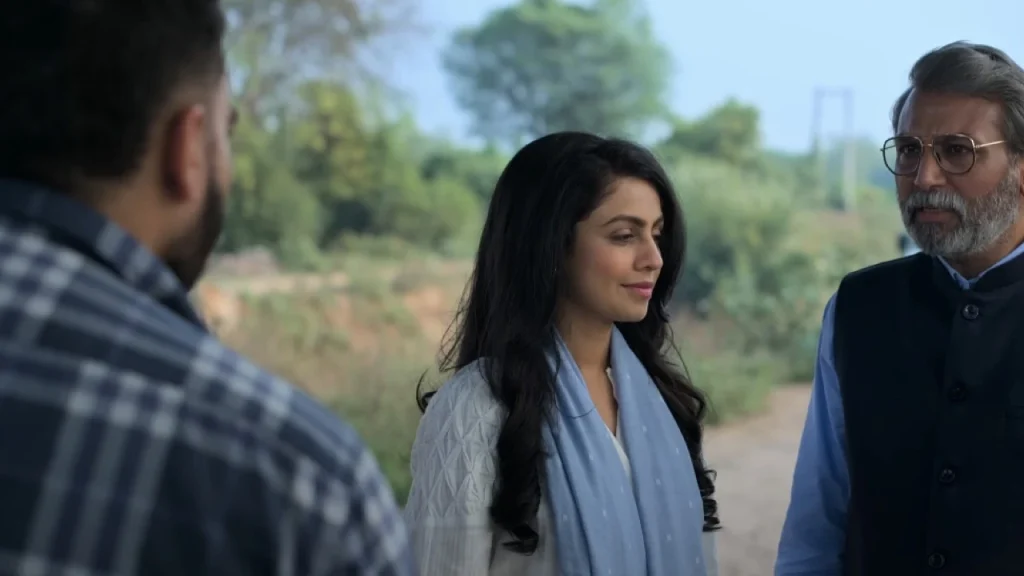
Visual Storytelling
Cinematography plays a crucial role in establishing the eerie atmosphere of Raniwada. The film’s visual style captures both the beauty of rural Gujarat and the creeping dread of the curse. Night scenes are particularly effective, with strategic use of shadows and muted colors enhancing the sense of impending danger.
The production design team deserves praise for their attention to detail in creating a believable village setting. From the intricate Garba outfits to the rustic interiors of village homes, every element contributes to the film’s immersive quality. This level of craftsmanship helps ground the supernatural elements in a tangible, relatable world.
Soundscape of Fear and Festivity
The film’s soundtrack and sound design are standout elements that elevate the viewing experience. Traditional Gujarati folk music intertwines with haunting melodies, creating a unique auditory landscape. The contrast between upbeat Garba tunes and ominous background scores effectively mirrors the film’s tonal shifts.
Sound effects play a crucial role in building tension and delivering scares. From the subtle creaking of floorboards to the bone-chilling screams of Jhamkudi, the audio work immerses viewers in the world of the film. This attention to sonic detail has been particularly praised by audiences watching in theaters, where the full impact of the sound design can be appreciated.
Cultural Significance
Jhamkudi’s exploration of Navratri traditions resonates deeply with Gujarati audiences. The film taps into the cultural significance of Garba while using it as a backdrop for supernatural thrills. This unique approach has sparked discussions about the intersection of folklore, tradition, and modern storytelling in Gujarati cinema.
The movie also touches on themes of community, faith, and the consequences of ignoring ancestral wisdom. These elements add depth to what could have been a straightforward horror tale, giving viewers something to ponder long after the credits roll. The film’s ability to entertain while also engaging with cultural themes has contributed significantly to its popularity.
Box Office Success
Since its release, Jhamkudi has been drawing impressive crowds to theaters across Gujarat and beyond. Word-of-mouth recommendations have played a crucial role in its success, with viewers praising the film’s ability to deliver both scares and laughs. The movie’s performance at the box office demonstrates the growing appetite for quality Gujarati cinema that pushes creative boundaries.
Industry analysts note that Jhamkudi’s success could pave the way for more genre-blending films in regional cinema. Its ability to attract both horror fans and comedy lovers has expanded its audience base, setting a new benchmark for Gujarati films in terms of both critical acclaim and commercial success.
Critical Reception
Critics have largely praised Jhamkudi for its innovative approach to the horror-comedy genre. Many reviews highlight the film’s effective use of local folklore to create a uniquely Gujarati horror experience. The performances of the lead actors, particularly Viraj Ghelani and Manasi Parekh, have received widespread acclaim for their ability to navigate the film’s tonal shifts.
Some reviewers have pointed out that while the blend of horror and comedy is generally successful, there are moments where the balance feels slightly off. However, these criticisms are often overshadowed by praise for the film’s overall entertainment value and cultural relevance.
A Must-Watch Theatrical Experience
As Jhamkudi continues its successful run in theaters, it has become clear that this is a film best experienced on the big screen. The immersive visuals and sound design benefit greatly from the theatrical setting, enhancing both the scares and the spectacle of the Navratri celebrations depicted in the movie.
Audiences leaving theaters have consistently reported a satisfying viewing experience, with many planning repeat visits to catch details they might have missed. The communal aspect of watching a horror-comedy in a packed theater adds to the enjoyment, with shared screams and laughter creating a memorable atmosphere.
For fans of Gujarati cinema, horror enthusiasts, or anyone looking for a unique movie experience, Jhamkudi offers something special. Its blend of local culture, supernatural thrills, and genuine laughs makes it a standout film in the current theatrical landscape. As word continues to spread about this cinematic gem, it’s clear that Jhamkudi is not just a movie, but a cultural event that’s redefining what Gujarati cinema can achieve.
